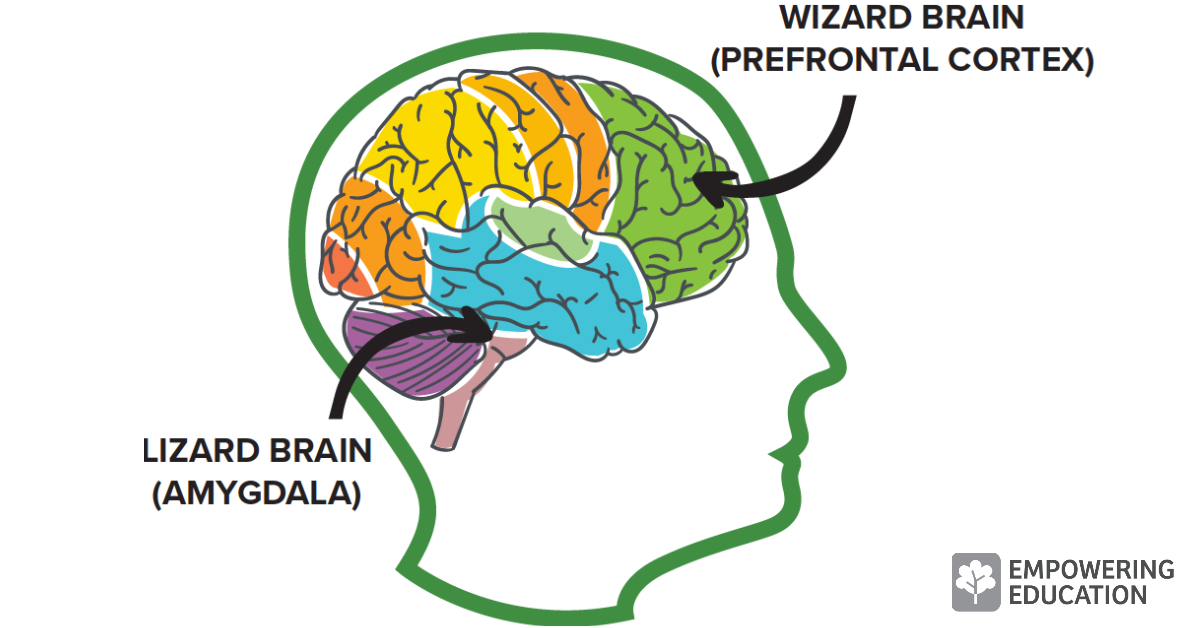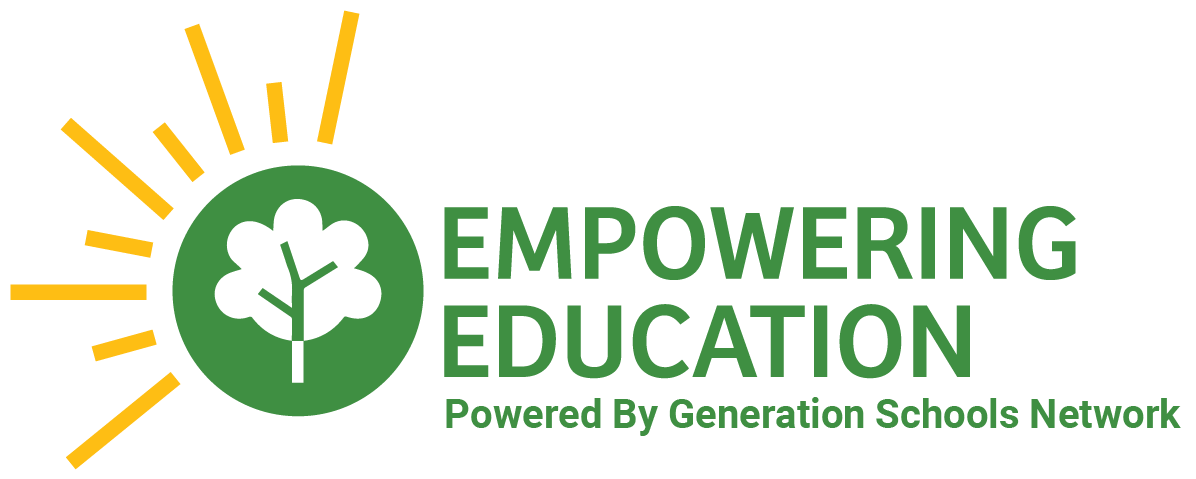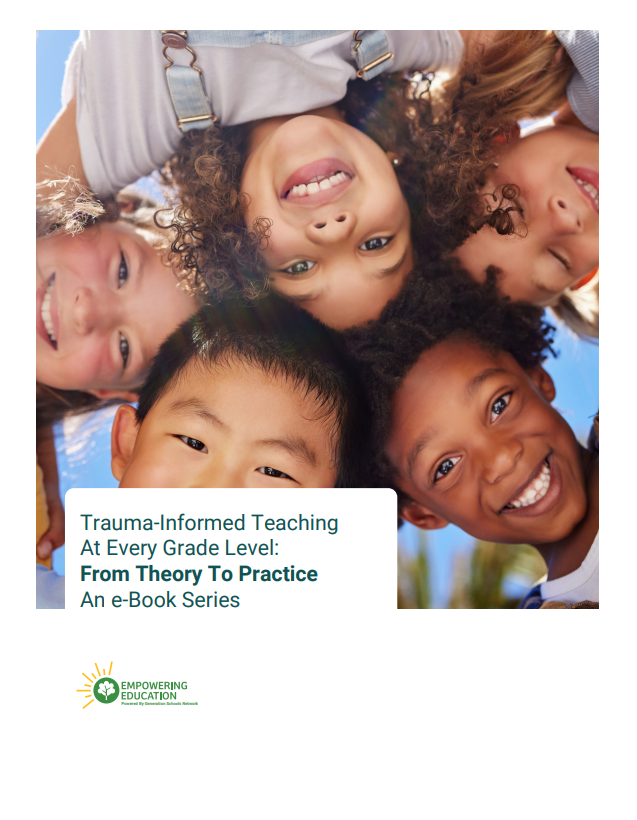A Brief Introduction to Supporting Brain Growth of Elementary Students
Did you know throughout our lives our brain grows? This is called neuroplasticity. As a developmental psychologist, the question of how the brain grows has fascinated me since before I began my career. I like to think about questions like:
- Why do people do what they do?
- How can kids learn so much information so quickly?
- How can we create an environment for our children that supports healthy development and encourages growth?
- What made that child say that insightful comment, or that funny comment?
Your turn. Think for a moment about why it is important for you, as teachers and parents to understand how the brain grows.
Perhaps you want to answer some of the same questions I do, maybe you want to understand your child or your students better, learn more about how you learn and grow, or be able to teach them how their own brain grows.

This post contains some information about how the brain can learn new things and why it is important. Of course, the brain constantly grows and changes throughout the lifespan. However, this post contains a basic introduction to important topics and some activities that might be helpful for students in Grades K-5.
The Brain Can Learn and Grow!
First, a little bit about the brain. All parts of the brain contain billions of little tiny cells called neurons. These neurons carry messages. When one neuron sends a new message to another neuron, a pathway is created. The more that pathway is used, the stronger it becomes.
Because the brain is always active and changing, we can always learn new things. This idea is one of the most exciting facts about the brain. It is constantly changing and adapting to our environment.
Every moment we create memories. Some of those memories last longer than others. Some of what we learn helps us to grow and learn even more. It can be hard to learn some topics, and easy to learn others. The idea that the brain can constantly learn new skills and change is called neuroplasticity.
Three interesting things about neuroplasticity:
- Humans can learn new things throughout their lifetime because of neuroplasticity.
- The brain is made up of billions of neurons that send messages. As we learn something new, the brain is making stronger connections between neurons.
- When learning something new, more practice means neural connections become stronger. Because of these connections, new skills become easier over time.
Why is neuroplasticity important?
Neuroplasticity is also really exciting because it can help children understand how to have a growth mindset. A growth mindset involves knowing that brains can grow. This means that intelligence, talents, and abilities can develop over time. They are not fixed in place.
Think, for example, about when you learned something new. Perhaps it was a musical instrument, a new language, how to ride a bike, a new job, how to change a diaper, or how to teach a particular lesson. It may have been hard at first, but it likely got easier with time.
Maintaining a growth mindset, or telling yourself that you can do a hard task and that the brain is growing with practice, probably helped you reach the goal of that new skill. If children can understand that they can learn and grow with practice, that growth mindset will help them persevere and have patience as they grow up.
What can you do about it?
We’ve compiled a few activities that might help parents and teachers teach children in grades K-5 about neuroplasticity.
Get The Full Lesson
Empowering Education offers full lesson plans for teachers on teaching kids about neuroplasticity, or how the brain grows.
Grades K-2 Neuroplasticity Activities:
- Ask students to try something new for a whole week. When it becomes easier, remind them this is called neuroplasticity. If they get frustrated remind them that it might be hard now, and it will get easier with practice. Praise them for their effort and persistence, and encourage them to learn from their mistakes. The feeling of the challenge is their brain growing!
- Read this Munchy and Jumpy Story!
- Play memory games. Experience and reflect on the process of creating a new neural pathway through these games.
Grades 3-5 Neuroplasticity Activities:
- Play memory games. Experience and reflect on the process of creating a new neural pathway through these games.
- Ask students what activities make them think hard, and ask them to reflect on how that means their brain is growing.
- Check out Empowering Education's lesson called How the Brain Grows and use the graphic below to teach about the Lizard Brain and the Wizard Brain.

If this was interesting to you, Empowering Minds has a full lesson to teach kids about their brains. Click below to check it out.
Get The Full Lesson
Empowering Education offers full lesson plans for teachers on teaching kids about neuroplasticity, or how the brain grows.






